How to work with the Japanese patchwork technique?
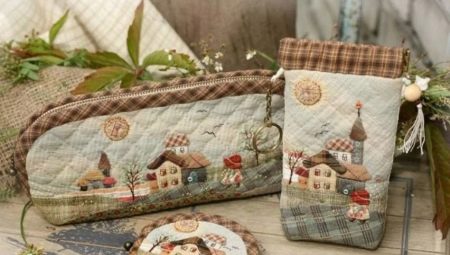
You can diversify your leisure time in any way. Some are satisfied with the creation of photo books, others prefer aquaristics, and others devote their free time to needlework. The latter are advised by experienced craftswomen to pay attention to patchwork - patchwork sewing. At first glance, it may seem that this is very difficult. In fact, there is no cause for concern. The first pancake is always lumpy, but the second is perfect. The same goes for patchwork paintings.
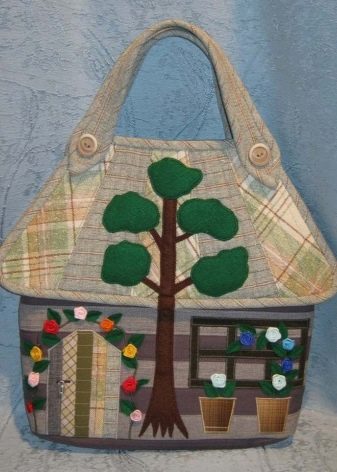
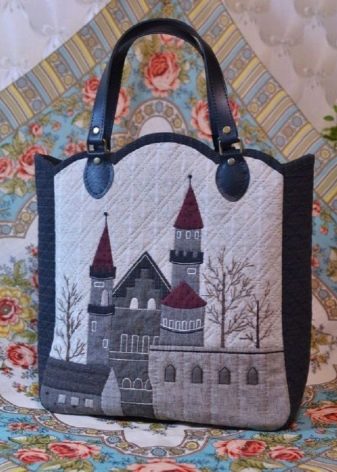
What it is?
Japanese patchwork is sewing from fabric scraps, which has been in demand by society for a long time. There is a common patchwork technique used on the territory of the Russian Federation and in Europe, which in no case should be confused with the Japanese.
Inhabitants of the Land of the Rising Sun, when creating their masterpieces from pieces of fabric, work out an ornament, select a laconic color scheme of fabric, for different elements of the picture they choose a material of a certain density.
An important feature of Japanese patchwork is the ties that connect the fabric and allow you to create an unusual pattern or ornament. This method was used by the Japanese when repairing sleeping mattresses, because it was very difficult to get a new futon, since its cost significantly exceeded the family's wealth.

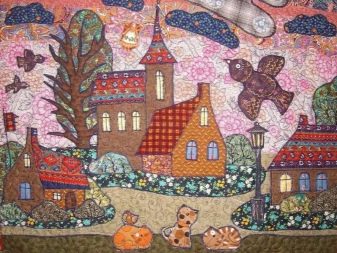
In addition to stitches, there are a number of features of Japanese patchwork that distinguish it from European or Chinese techniques:
- Japanese patchwork involves the use of only silk fabric;
- only natural motives are used as a plot;
- all plot elements are created in the form of geometric shapes;
- fringe or fabric brushes are used as an additional decoration;
- obligatory application;
- the fabric material used in the work should have only natural shades.


Japanese patchwork for beginner craftswomen may seem complicated at first glance. But only starting to work, it becomes clear that nothing is easier. It is important to carry out preliminary preparation, select material and create a template. And the most important thing is to have patience. In no case should you rush - Japanese patchwork requires a measured approach to the creation of paintings.
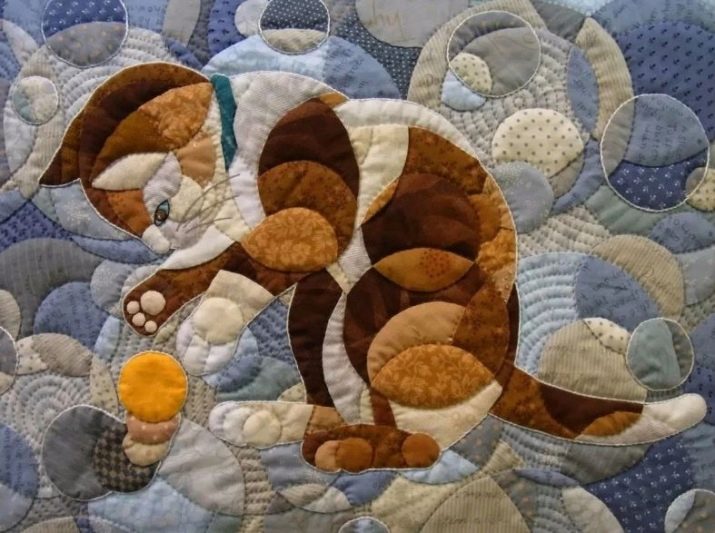
Today, Japanese patchwork includes several types of techniques.
- "Poyagi". In this case, we are talking about joining fabric material using stitches.
- Patchwork technique. It is supposed to choose a fabric that is in harmony in color and texture, allowing you to create a seamless applique. Thin boards, preferably wood, are required as additional materials. It is on them that the contour of the drawing is made, grooves are cut, where the ends of the fabric material are tucked in. Modern needlewomen prefer to use polystyrene instead of wooden boards, since not everyone has the strength, patience and accuracy to make even cuts on wooden boards.
- "Application". This technique involves creating images using fabric patches over a single piece of canvas.
- Yosegire. The presented technique requires the use of expensive fabric materials. That is why she is not in great demand among home needlewomen. However, if the product is being prepared for subsequent sale, then its cost fully pays for the material, time and diligence of the master.
- "Kinusaiga". This technique does not require the use of needles and threads. However, a sketch must be prepared on paper, which is then transferred to a wooden base. According to the prepared contour, slots are made in the wooden planks. Next, scraps of fabric left after sewing clothes are taken and wedged into the grooves made. Thus, a unique handmade masterpiece is created.

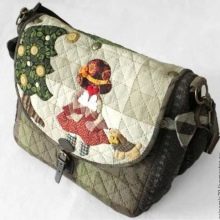
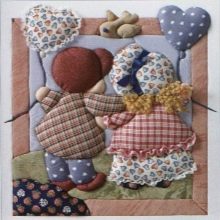
Schemes
It is not difficult to find a scheme for creating a beautiful image for its execution using the Japanese patchwork technique. To do this, you can go to a bookstore and purchase the appropriate literature, or plunge into the vastness of the World Wide Web, choose a suitable picture and print it. but it is best to try to find patterns previously used in the work. They are probably kept in the closets of grandparents who loved to do needlework.
If a novice craftsman has artistic talent, you can create a patchwork scheme yourself. But it is important to take into account that the picture will be created as an applique.
For work, you will need to prepare a blank from the main fabric material and contrasting flaps. The drawn up scheme allows you to make their preliminary setting in the application. If there is no imagination, you will have to use several needles that will connect the pieces of fabric. Thus, it will be possible to roughly understand what the finished result will be.
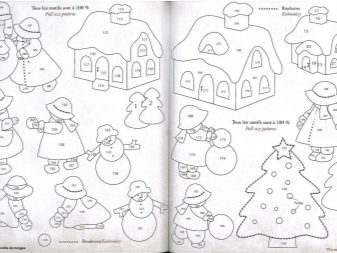
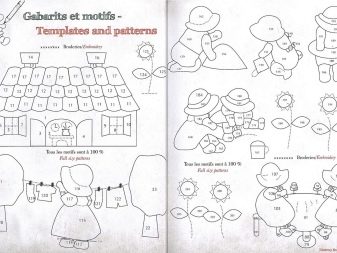
In modern books on needlework, only a few chapters are devoted to Japanese patchwork techniques. There he signs how you can make a beautiful pillowcase, bedspread, clothes and some accessories. And if you manage to find a book completely devoted to Japanese patchwork, you will be able to study the artistic technique from the very beginning and reach the professional level.
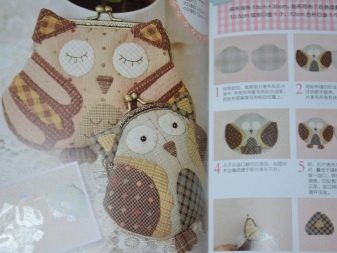
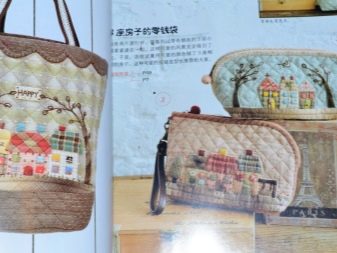
How to do it?
The basis of Japanese patchwork in any technique is applique. In simple words, scraps of fabric are taken, applied to the surface, where the slots were prepared in advance according to the compiled template. To add bulk to the applique, you can use foam or foam rubber laid over the base. As a decorative element, you can use braid, various cords and even satin ribbons.
Thus, you can create not only wall paintings, but also jewelry boxes, boxes for storing documents, even make covers for photo albums or notebooks.
Japanese patchwork is widely used on the eve of the holidays: New Year, Easter or Valentine's Day. Craftswomen with great pleasure make New Year's toys, Easter eggs and Valentine's cards with a secret.
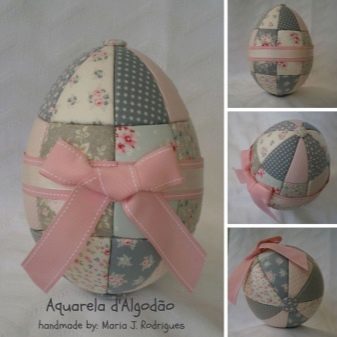
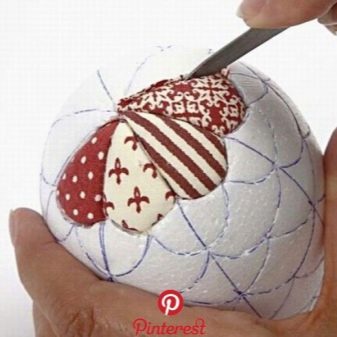
Thanks to the information provided, it becomes clear that the Japanese patchwork technique is not complicated.
However, in addition to words, it is worth studying a small step-by-step master class, through which all the subtleties and features of the work are revealed.
It is best to start with the basics of kinusayga.
- Before starting work, it is necessary to prepare the required material, namely: polystyrene, find and collect small scraps of fabric that are likely to be found in every home, a simple pencil, a ruler, PVA glue, a scalpel or a sharp stationery knife, a metal spatula with a blunt end.
- First of all, you need to make a drawing, which will be the basis of the picture. Novice craftswomen are better off using lighter images. And having gained some knowledge, you can complicate the workflow. Next, a sheet of carbon paper is taken, thanks to which the drawn pattern is transferred to the foam.
- Using a clerical knife on the foam, it is necessary to make slots with a maximum depth of 3-4 mm.
- Now tissue grafts are taken. They are carefully color-matched and cut in the appropriate geometric shapes. The main thing is not to forget to leave an allowance of about 1–2 mm.
- The prepared flaps can be transferred to the foam base. Use a nail file or a thin stick to thread the ends of the fabric into the created grooves. The main thing is not to rush. Patchwork doesn't like speed.
- At the end of the work, the picture can be framed and used as a home decor. If the craftswoman wants the whole composition to correspond to the technique of execution, instead of the usual wooden frame, you can create a fabric frame.


Once you know the basics, you can start creating masterpieces. But first, it is recommended to practice on small pictures and, after a detailed study of all the moves, start decorating various little things, for example: boxes, boxes, toys, as well as interior elements.
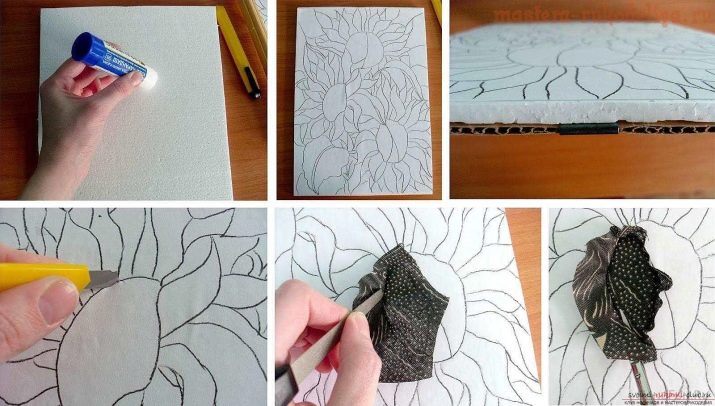
Beautiful examples
Japanese patchwork is a very amazing artistic direction. Unfortunately, not every person is able to work in this technique, and those who are professionally engaged in this business create unique masterpieces both for personal use and as a product for sale. The cost of one hand-made product is several times higher than the prices of things created on the scale of large-scale industries. This is not surprising, because the master completely and completely creates the work with his own hands.
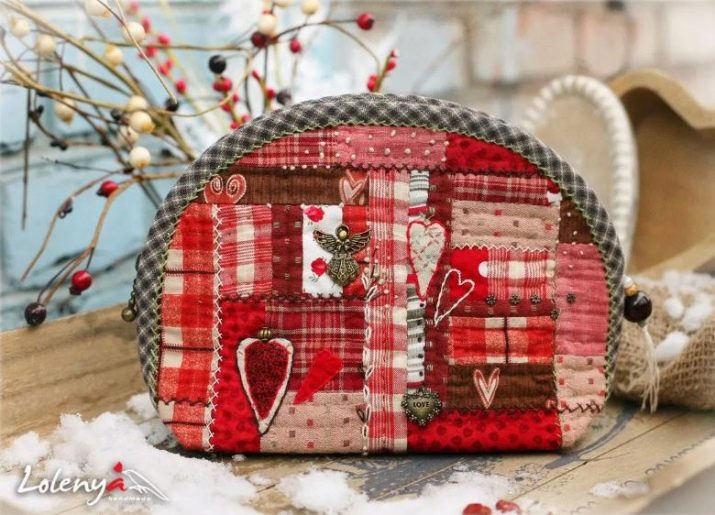
Here's an adorable cosmetic bag, for example. This accessory can be an ideal gift for a woman for the New Year or on March 8. In the presented version, the applique technique is used. There are threads here, they create the volume of the applique and highlight the outline of the image elements.
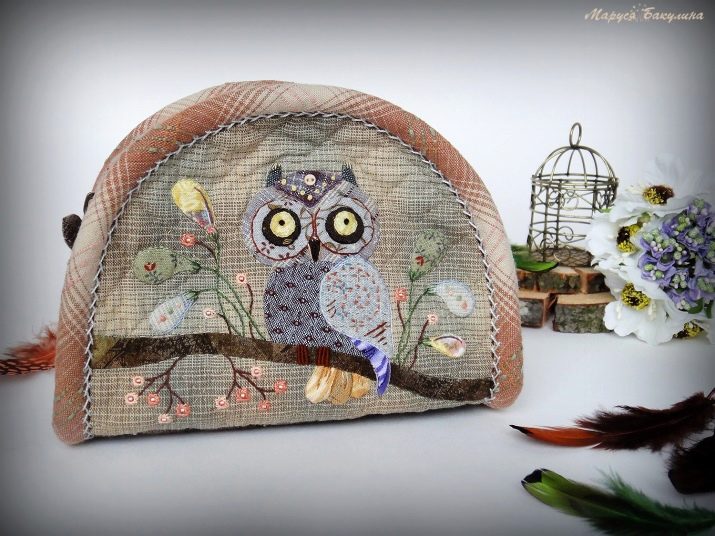
Further, it is proposed to look at the finished paintings in the most interesting motives. For example, a house or a cat, created using the kinusaiga technique. They can serve as a decoration for a nursery or become a gift for a child for his achievements. The most remarkable thing is that no threads were used in this work - only fabric material pushed into the warp cuts.
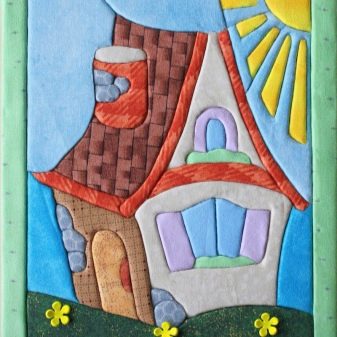
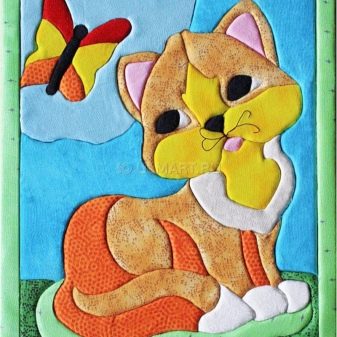
It is proposed to consider another picture created by a real professional. In this case, leather is used, carefully immersed in the grooves of the base. The leather material adds dimension to the painting, making it seem like the doves are actually hovering in the sky, and not just an image.
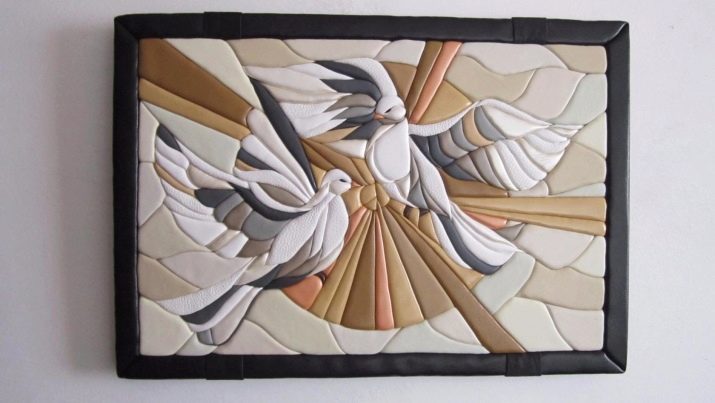
How to make a bag and a cosmetic bag using the Japanese patchwork technique, see the video.








